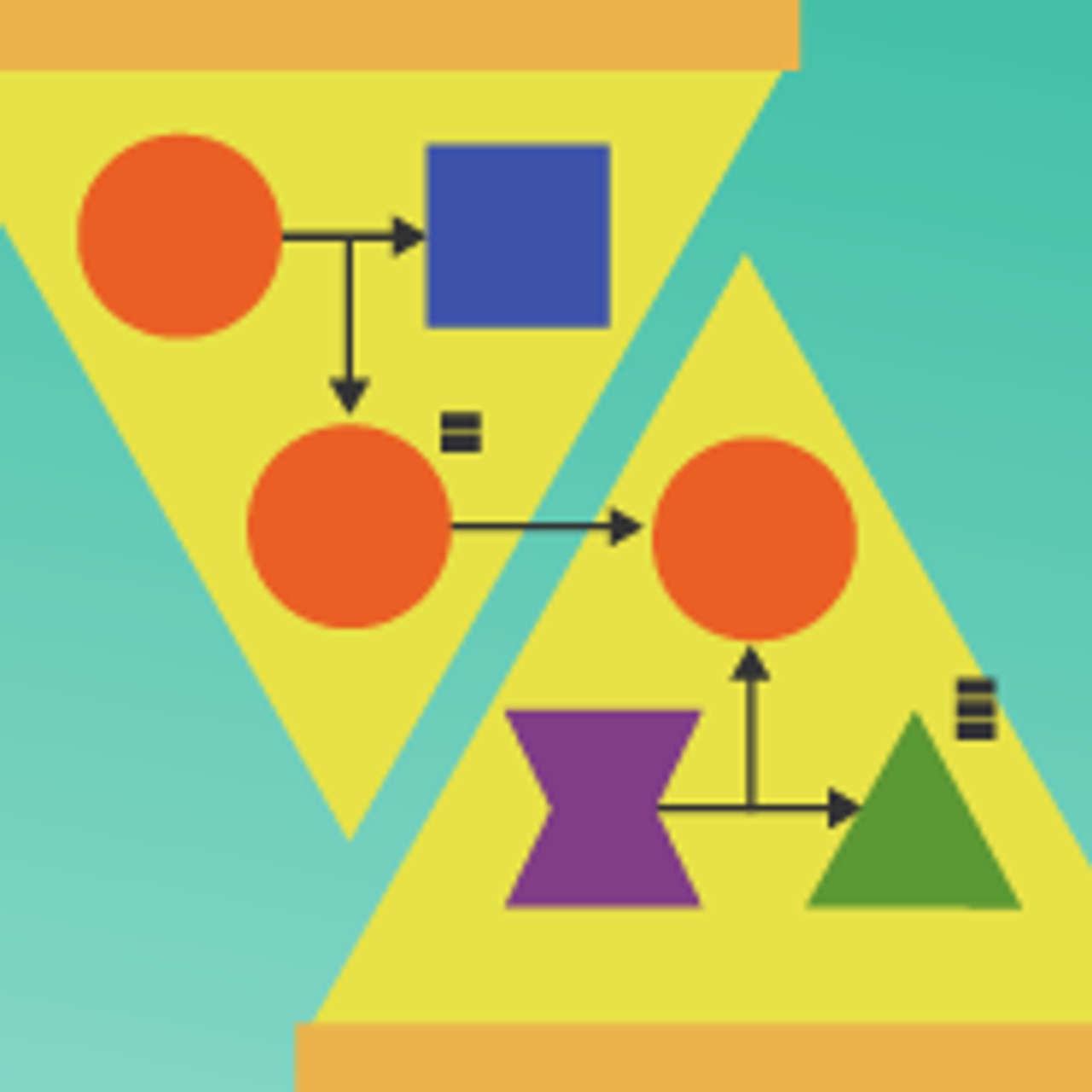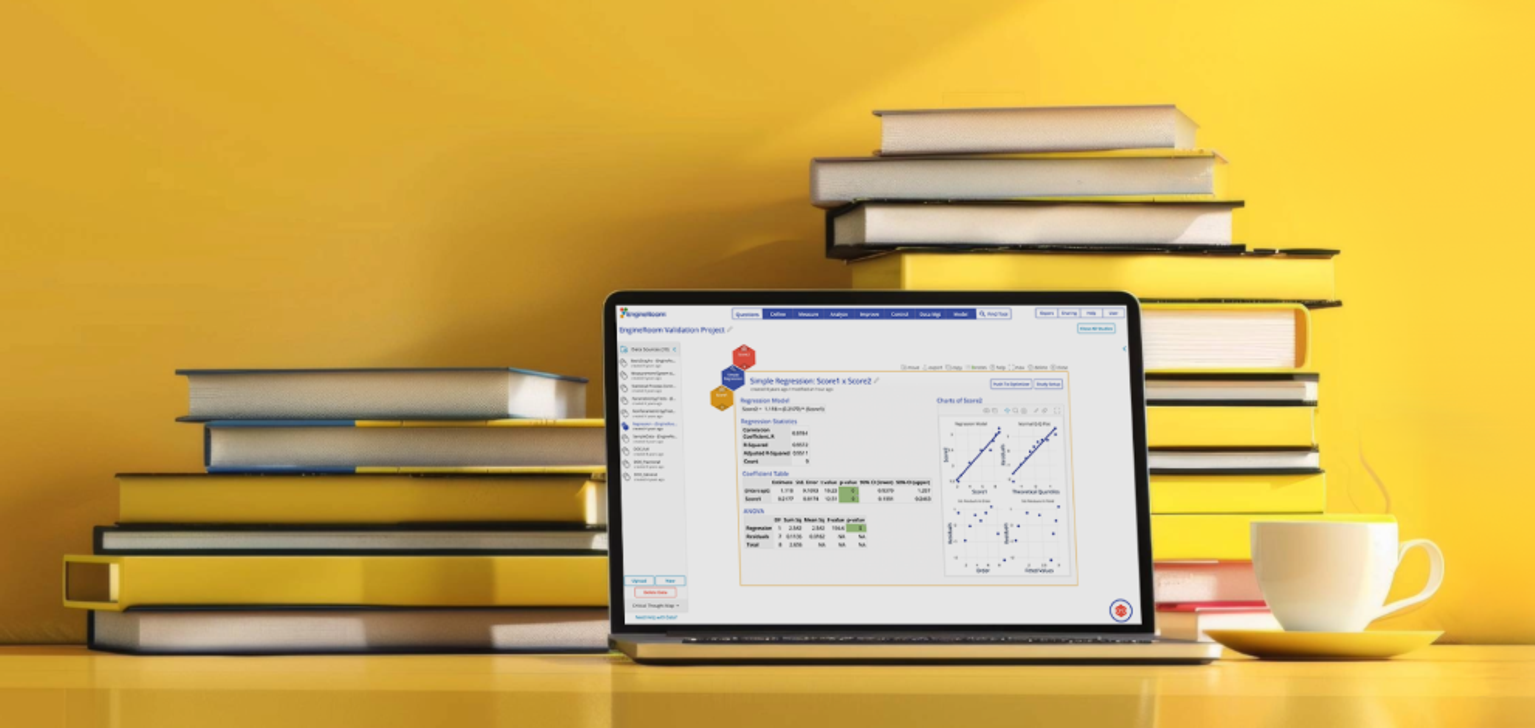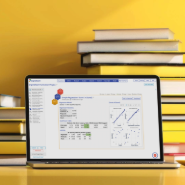Resources for Operational Excellence

Harnessing Process Modeling for Lean Transformations
Read More

Using Modeling to Teach Lean Six Sigma & DMAIC
Read More

Using Process Modeling to Reduce Emergency Department Turnaround Time–Connecting Patients with Doctors faster
Read More

Why Every Continuous Improvement Practitioner Should Understand Monte Carlo Simulation
Read More

Modeling Risk with Confidence Using Monte Carlo Simulation
Read More

3 Lean Six Sigma Success Stories: How Discrete Event Simulation Drives Process Transformation
Read More
Voices in OpEx
- Episode 2: Building Businesses and Teams with Rich Razgaitis
- The Evolution of Operational Excellence at USPS
- A Hot Spot for Operational Excellence
- Leadership & Lean Tools to Transform a City
- Episode 42: Change Management That Actually Works with Kim Scibelli
- Optimizing Patient Flow in the Ambulatory Clinic Setting
- An In-Depth Interview with Mike Carnell
Teaching Continuous Improvement
- 6 Ways to Make Lean Six Sigma Coaching Easier & More Effective
- 900 Project Charters and Counting
- Beyond the Body of Knowledge: Lean Six Sigma Training for Real-World Capability
- Keeping Up: Pacing Teaching Methods with Technology
- How AI Chatbots are Changing the Future of Professional Learning
- Data-Driven Coaching to Develop Problem Solvers
- Rapper Highlights the Fun Side of Lean Six Sigma
New to Process Improvement
- A Beginner's Guide: What is Lean Six Sigma?
- What is the DMAIC Methodology?
- Lean Six Sigma Belt Levels Explained
- Lean Six Sigma Green Belt vs. Black: Defining the Difference
- Don’t Settle for a Paper Belt: Why Projects Are the Heart of Lean Six Sigma Certification
- Selecting the Right Black Belt Training and Certification Program for You
- A Beginner’s Guide: What is Design for Six Sigma?
MoreSteam in Action
- MoreSteam and ASQ Strengthen Partnership to Promote EngineRoom®
- Episode 1: Visual Management and Operational Excellence with Peg Pennington
- A Senior Engineer’s Clever Approach to Sampling Large Datasets
- MoreSteam and IISE Join Forces to Offer EngineRoom
- Episode 33: Welcome Back, Michael
- Episode 24: Bill Hathaway Reflects on a Quarter Century of MoreSteam
- Developing solutions & team camaraderie at the same time
Project Management
- Aurorium’s TRACtion Success – From Spreadsheets to a Single Source of Truth
- Finding a cure for "one-and-done syndrome"
- Maximize Project Impact with the Right Lean Six Sigma Project Tracking Tool
- The Perfect Pair: Lean Six Sigma Project Management with Traction & EngineRoom
- How TRACtion Solves 5 Common Project Management Challenges
- Top 10 Lessons Learned From Process Improvement Leadership
- Episode 26: Building Trust on the Shop Floor - Kim Koning's Lean Six Sigma Playbook
Data Analysis & Statistics
- The Future of RCA: Machine Learning-Driven Root Cause Discovery
- Exploring the Power of Response Surface Methodology
- Simpson's Paradox (and How to Avoid Its Effects)
- The Beginner's Guide to Discrete Event Simulation
- If You Learn One Statistical Tool for Process Improvement, Make It Control Charts
- Episode 41: Simulating Success with Dr. Lars Maaseidvaag
- Unlocking the Power of Statistical Hypothesis Testing: A Fresh Approach
Upcoming Events
Lean Six Sigma Resources for Continuous Improvement and Operational Excellence
Welcome to MoreSteam's Lean Six Sigma Resource Library—a curated hub of content for professionals focused on process improvement, operational excellence, and continuous learning. Whether you're starting your Lean Six Sigma journey or advancing an enterprise-wide initiative, this page offers a diverse collection of tools and insights to help you solve problems and drive measurable impact.
Explore expert-led webinars, in-depth case studies, white papers, blogs, and podcasts—all designed to help you apply Lean Six Sigma principles in real-world settings. Learn how organizations across industries are using tools like value stream mapping and root cause analysis to reduce waste and improve quality. From foundational concepts to emerging trends in AI and digital transformation, these Lean Six Sigma resources support your growth as a problem-solver and leader in operational excellence. Whether you're looking for inspiration, training, or tactical guidance, the MoreSteam Resource Library is your go-to destination.
Many of these Lean Six Sigma resources also feature tools developed by MoreSteam, such as EngineRoom for data analysis and TRACtion for project tracking. Whether you're validating a process map or leading a team through DMAIC, these OpEx resources provide practical support for continuous improvement.























